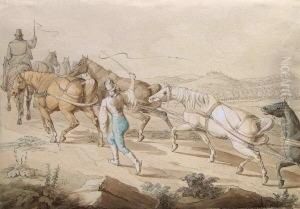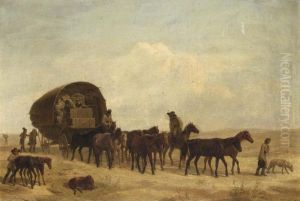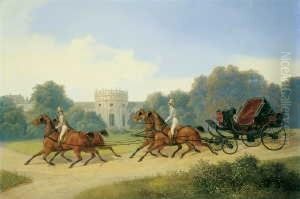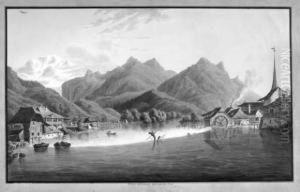Johann E. Gottlieb Prestel Paintings
Johann E. Gottlieb Prestel was born on March 8, 1739, in Nuremberg, Germany. He was a distinguished German artist known primarily for his work as an engraver and etcher. Prestel showed an early aptitude for the arts and was initially trained in painting. However, his interests and talents soon led him to the craft of printmaking, which became his main focus throughout his career.
Prestel's work largely consisted of etchings and aquatints, which were a relatively new printmaking technique at the time. This technique allowed for a wider range of tonal variations than traditional etching, and it enabled Prestel to achieve a remarkable level of detail and textural richness in his prints. His subjects varied, but he was especially known for reproducing works of famous painters, thus making art more widely accessible during his time.
In the latter part of his career, Prestel moved to Frankfurt, where he continued his artistic endeavors. He was involved in the local art scene and collaborated with other artists, including his second wife, Maria Katharina Prestel, who was also a skilled artist and printmaker. Together, they worked on various projects and contributed to the spread of the aquatint technique across Europe.
Johann E. Gottlieb Prestel died on February 2, 1808, in Frankfurt, leaving behind a legacy of prints that continue to be appreciated for their technical mastery and artistic beauty. His contributions to the development of printmaking techniques, particularly aquatint, were significant during the late 18th and early 19th centuries, and his works provide valuable insights into the artistic trends and cultural milieu of his era.




